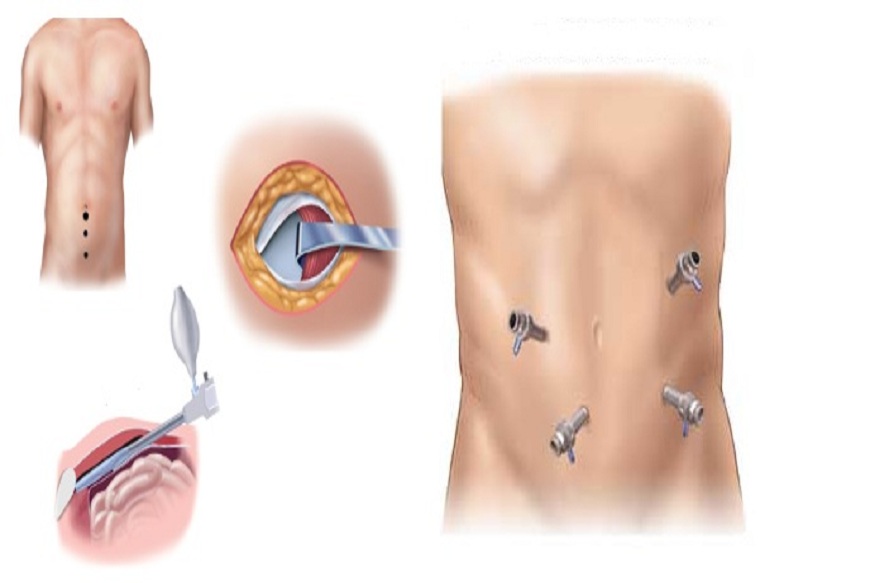
We all know that eating a balanced diet is good for our health. But did you know that what you put on your plate can also have a direct impact on your spine and muscles? A healthy diet doesn’t just help you avoid excess weight: it also plays a key role in preventing back pain and musculoskeletal disorders. And when combined with chiropractic care, it can really make a difference.
How Diet Affects Your Back
Your spine isn’t just a pile of bones. It’s supported by muscles, spinal discs, and joints, all of which require specific nutrients to stay strong and flexible. Here are the most important ones:
Calcium and vitamin D: Essential for strong bones. A deficiency increases the risk of osteoporosis and therefore vertebral fractures. They are found in almonds, green vegetables, and oily fish. (Hannan et al., 2000)
Proteins: They maintain the muscle mass that supports the back, but in excess, they can acidify the body and weaken bones. The ideal? Focus on plant sources like legumes. (Bonjour, 2011)
Omega-3s: Found in fish, nuts, and seeds, they reduce inflammation, a key factor in chronic back pain. (Calder, 2006)
Antioxidants: These fight oxidative stress, which damages tissues and worsens pain. Eat berries, green vegetables, and turmeric. (Pérez-Torres et al., 2017)
Link between nutrition and musculoskeletal disorders
If you suffer from chronic pain or muscle tension, your diet can be a valuable ally. Here are some guidelines to follow:
Manage inflammation: A diet high in sugar and processed foods promotes inflammation and therefore pain. Conversely, an anti-inflammatory diet can alleviate the symptoms of musculoskeletal disorders .
Preserve your muscles: good hydration, a sufficient intake of magnesium (almonds, dark chocolate, bananas) and B vitamins (whole grains, eggs) help to reduce muscle tension.
Why combine diet and chiropractic care?
Diet alone isn’t always enough. That’s where chiropractic comes in. A good chiropractor doesn’t just manipulate your back; they also help you adopt a lifestyle that protects your spine.
Spinal adjustments help restore joint alignment and mobility.
Postural advice avoids bad positions that create unnecessary tension.
Dietary recommendations can be tailored to suit your needs to strengthen your back from the inside out.
Conclusion
Eating healthy isn’t just about your figure or digestion. It’s also a powerful way to prevent back pain and musculoskeletal disorders. So, are you ready to take care of your spine with your next meal?





